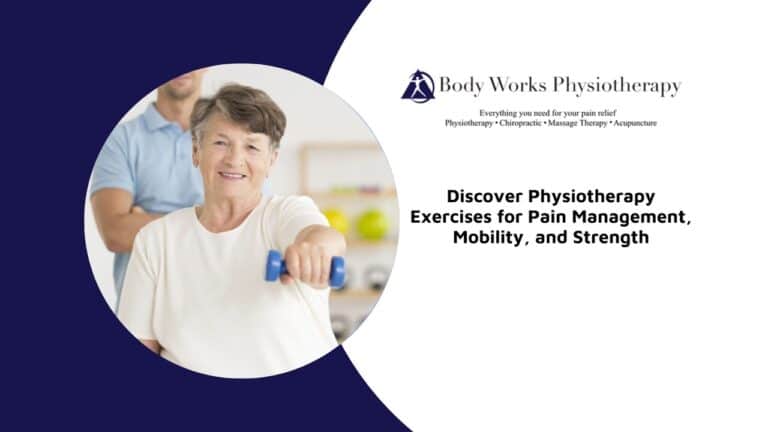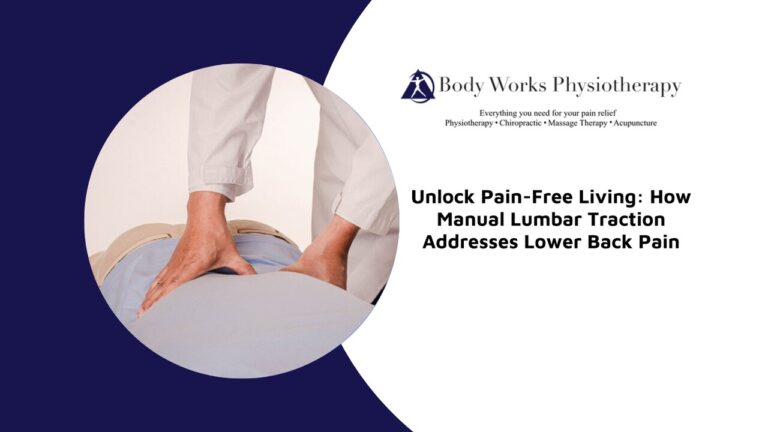
Pediatric torticollis, or infant torticollis, is a condition that affects a baby’s neck muscles, causing the head to tilt to one side while the chin points in the opposite direction. While it may seem concerning, early assessment and treatment are highly effective in resolving torticollis and supporting a child’s healthy motor development. Through physiotherapy and simple at-home exercises, parents can help their child regain neck mobility and prevent potential complications like posture issues or flat head syndrome.
Understanding Pediatric Torticollis
Pediatric torticollis, also known as infant torticollis or congenital muscular torticollis, occurs when a baby’s neck muscles tighten, causing the head to tilt to one side while the chin points to the opposite shoulder. It can develop due to positioning in the womb, birth trauma, or limited space during pregnancy. Sometimes, it results from a shortened or tight sternocleidomastoid (SCM) muscle, which runs along the side of the neck.
Diagnosing Torticollis in Babies and Young Children
Torticollis is typically diagnosed during a physical examination by a pediatrician or physiotherapist. They assess the baby’s neck movement, head tilt, and muscle tightness. In some cases, additional imaging tests like ultrasounds or X-rays may be used to rule out other underlying conditions. Early assessment is crucial to prevent complications like flat head syndrome (plagiocephaly) caused by uneven pressure on the skull.
Pediatric Torticollis Treatment Explained
The most effective treatment for pediatric torticollis focuses on a combination of targeted exercises and supportive techniques to improve neck mobility and reduce muscle tightness.
- Stretching Exercises: Gentle stretches help lengthen the tight sternocleidomastoid (SCM) muscle, enabling the baby to move their head freely. These stretches are performed in a controlled manner to ensure safety and comfort, and they are often customized to the baby’s specific needs.
- Strengthening Exercises: Strengthening exercises aim to build weaker neck and upper body muscles, improving head control and alignment. These may involve encouraging the baby to lift their head during tummy time or gently guiding them to hold their head upright against slight resistance. Movements such as assisted head turns or supported side-lying activities can help balance strength between both sides of the neck. Over time, these exercises help the baby develop symmetrical movement patterns and support proper posture as they grow.
- Repositioning Techniques: Additional treatments may include repositioning techniques to encourage the baby to turn their head in both directions and tummy time to build neck and upper body strength. Repositioning often involves guiding the baby’s attention to the affected side using toys, lights, or mirrors. Regular practice helps train the baby to explore full neck movement naturally. Tummy time is another key component, as it builds neck and upper body strength while promoting better posture.
- Surgery: In rare cases, if the condition does not improve with conservative care, surgical intervention may be considered.
Benefits of Physiotherapy for Treating Infant Torticollis
Physiotherapy helps treat torticollis by gently stretching the tight neck muscles and encouraging symmetrical movement. Physiotherapists work with parents to develop individualized treatment plans that include hands-on therapy and exercises. Early physiotherapy ensures that the condition is addressed promptly, improving the baby’s overall development and reducing the risk of complications. Here is how physiotherapy helps in the treatment of infant torticollis:
- Improved Muscle Function: Physiotherapy works to strengthen and loosen the affected neck muscles, allowing the baby to achieve better muscle balance. This helps the baby maintain proper head positioning and supports the development of symmetrical movement patterns, which are crucial for overall motor skills.
- Improved Range of Motion: Targeted exercises and manual techniques restore the neck’s flexibility, enabling the baby to turn their head fully in both directions. Increased range of motion also helps prevent stiffness in the unaffected side, promoting healthy, balanced growth.
- Reduced Head Tilt: By relieving tension in the sternocleidomastoid (SCM) muscle and improving alignment, physiotherapy minimizes the head tilt associated with torticollis. This helps the baby interact with their surroundings more naturally and supports proper visual and spatial development.
- Prevention of Long-Term Issues: Physiotherapy reduces the risk of long-term complications with posture and motor development. Left untreated, torticollis can lead to difficulties such as flat head syndrome (plagiocephaly) or delays in crawling and walking. Early intervention ensures that these issues are avoided, giving the baby a strong foundation for growth and movement.
Can Pediatric Torticollis Resolve on Its Own Without Treatment?
In mild cases, torticollis may improve on its own as the baby grows stronger and gains better control over neck muscles. However, without treatment, some babies may experience delays in motor development or develop secondary issues like flat head syndrome. Early intervention with physiotherapy ensures faster recovery and reduces the risk of long-term complications.
Addressing Torticollis at Home: Recommended Exercises
In addition to professional physiotherapy sessions, parents can play a vital role in their baby’s recovery by incorporating at-home exercises. These activities complement in-clinic treatments, helping to reinforce progress and support faster recovery.
- Stretching Exercises: Parents can support their baby’s recovery by doing gentle stretching exercises at home, such as encouraging the baby to look in the opposite direction of the head tilt. Gently tilt your baby’s head so their ear moves closer to the opposite shoulder or guide their chin toward the shoulder opposite the head tilt. Hold each stretch for 5 to 10 seconds and repeat 3 to 5 times. Always support the neck and avoid forcing movements. Perform stretches when your baby is calm, such as after feeding or before a nap.
- Positioning Toys: Place toys, mirrors, or brightly coloured objects on the side opposite the tilt to encourage your baby to turn their head. This can be done during playtime, feeding, or diaper changes to naturally stretch the tight neck muscles.
- Tummy Time: Incorporating tummy time several times a day helps strengthen neck and shoulder muscles, promoting better alignment. It’s important to start with short sessions and gradually increase the duration as the baby grows stronger. Supervised tummy time not only supports neck development but also aids in preventing flat head syndrome by reducing pressure on the back of the skull.
- Encouraging Symmetry During Play: Engage the baby in symmetrical activities by positioning them to interact equally with both sides of their environment. For instance, alternate the direction the baby faces during feeding or place them in different positions in their crib to encourage turning their head in both directions.
How Long Does It Typically Take to Correct Torticollis With Treatment?
The timeline for recovery depends on the severity of the condition and how early treatment begins. With consistent physiotherapy and at-home exercises, many babies show significant improvement within 6 to 8 weeks. In more severe cases, it may take a few months to achieve full correction. Regular follow-ups with a physiotherapist ensure steady progress and long-term success.
Gentle Care for Your Little One
If your baby is showing signs of torticollis, early intervention is key to achieving the best results. With the help of personalized physiotherapy and professional guidance, you can ensure your child’s neck mobility and motor development are on track. At Body Works Physiotherapy in Scarborough, our experienced team is here to provide compassionate, tailored care for your little one. Don’t wait—schedule an appointment today and take the first step toward your baby’s healthy recovery and development.






